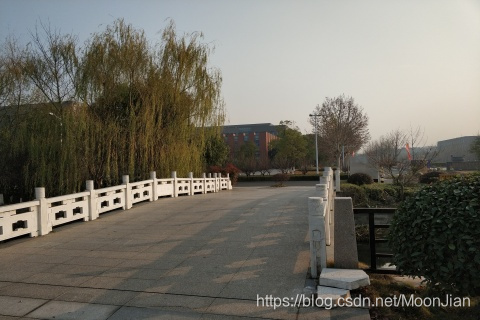python+OpenCV实现image stitching
在最新的OpenCV官方文档中可以找到C++版本的Stitcher类的说明, 但是python版本的还没有及时更新, 本篇对python版本的实现做一个简单的介绍.
由于官方文档中还没有python版本的Stitcher类的说明, 因此只能自己去GitHub源码上找, 以下是stitching的样例:
from __future__ import print_function
import cv2 as cv
import numpy as np
import argparse
import sys
modes = (cv.Stitcher_PANORAMA, cv.Stitcher_SCANS)
parser = argparse.ArgumentParser(description='Stitching sample.')
parser.add_argument('--mode',
type = int, choices = modes, default = cv.Stitcher_PANORAMA,
help = 'Determines configuration of stitcher. The default is `PANORAMA` (%d), '
'mode suitable for creating photo panoramas. Option `SCANS` (%d) is suitable '
'for stitching materials under affine transformation, such as scans.' % modes)
parser.add_argument('--output', default = 'result.jpg',
help = 'Resulting image. The default is `result.jpg`.')
parser.add_argument('img', nargs='+', help = 'input images')
args = parser.parse_args()
# read input images
imgs = []
for img_name in args.img:
img = cv.imread(img_name)
if img is None:
print("can't read image " + img_name)
sys.exit(-1)
imgs.append(img)
stitcher = cv.Stitcher.create(args.mode)
status, pano = stitcher.stitch(imgs)
if status != cv.Stitcher_OK:
print("Can't stitch images, error code = %d" % status)
sys.exit(-1)
cv.imwrite(args.output, pano);
print("stitching completed successfully. %s saved!" % args.output)
上面写了一大堆, 然鹅, 直接拿来用的话, 用下面的代码可以了, 简单粗暴
import numpy as np
import cv2
from cv2 import Stitcher
if __name__ == "__main__":
img1 = cv2.imread('1.jpg')
img2 = cv2.imread('2.jpg')
stitcher = cv2.createStitcher(False)
#stitcher = cv2.Stitcher.create(cv2.Stitcher_PANORAMA), 根据不同的OpenCV版本来调用
(_result, pano) = stitcher.stitch((img1, img2))
cv2.imshow('pano',pano)
cv2.waitKey(0)
效果如下:
原图:


拼接后的图像:























 994
994











 被折叠的 条评论
为什么被折叠?
被折叠的 条评论
为什么被折叠?








